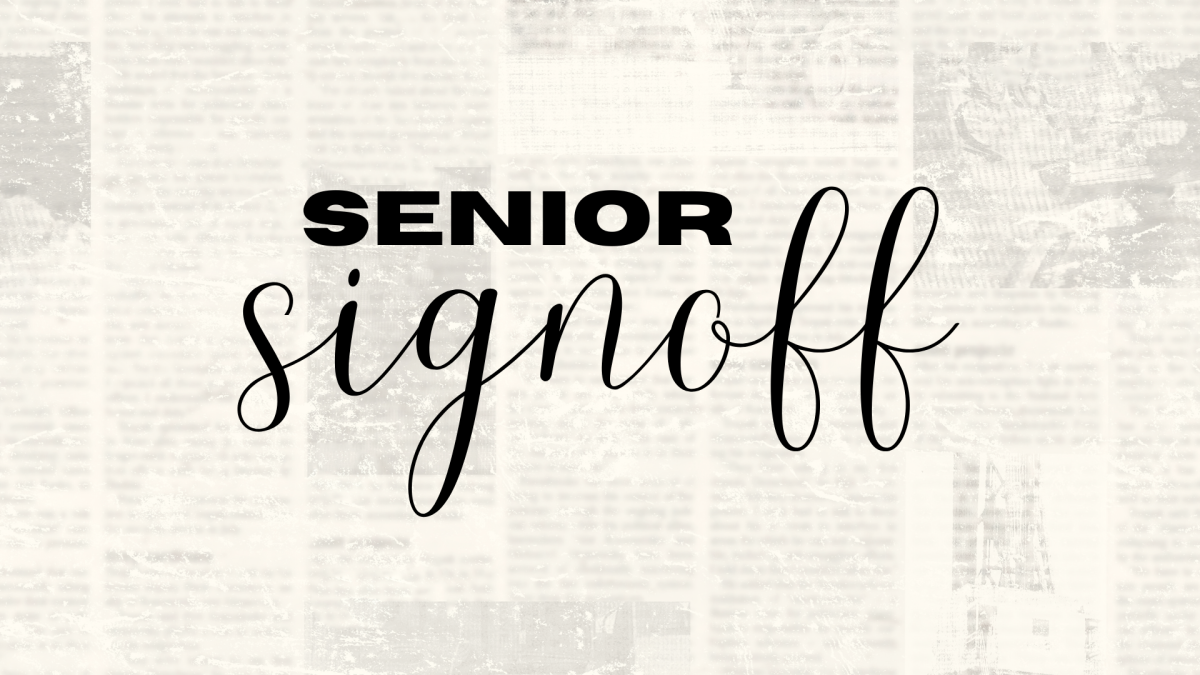How to deal with creative burnout
September 20, 2018
On a mid-July night, I was sitting in front of my computer screen, anxiously typing, deleting and retyping a paragraph for my creative story that has stayed a work in progress for about a year now. I couldn’t manipulate the right words in the right manner to make the scene play out like it had in my head. I wrestled with the words for a few minutes longer before I gave up and pulled out my phone to take a break.
Unfortunately for me and my story, that 5-minute break lasted through summer and into the beginning of the school year.It was frustrating. I hadn’t stopped caring about the story, but nearly every time I felt like writing, my brain was quick to supply an excuse for me not to. On the few occasions that I pulled up my story, I barely got a few sentences in before I gave in to the urge to do anything but write.Creative burnout, or the lack of interest in one’s creative work, extends beyond the field of writing to art, animation, web design, music and more. So what are we to do about it?
Step one is to not let it spiral out of control. If you are working on a complex artistic piece, giving yourself a day off is fine. In some cases, it’s helpful. You just have to be careful about letting days spiral into weeks and eventually spiral into months. Creative burnout will fester inside you — every day you don’t work on your piece, you feel worse and find your disinterest compounding. You need to kill your creative burnout quickly.
One way to do that is to work on something smaller, but still artistic. It’s easier to maintain your passion if you don’t have high expectations for yourself. Doodle, write a short story, improvise, whatever keeps you anchored to your craft. Working on a smaller project can reignite a dwindling passion.
If that doesn’t work, you can always work on or start a plan. Planning without creating is therapeutic in that you are still working on your piece, but you aren’t actually doing the thing that caused your burnout. Planning can also help you orient yourself when you feel lost or consumed by your piece.
If all else fails, know that it’s OK to walk away. Obviously it’s not something you want to do, but if you try your best and you can’t get the piece to work, you may have to move on. This doesn’t have to be permanent — if you find yourself longing to work on it after two weeks, a month, even years later, there is nothing wrong with resuming your work if you really love a certain piece. If you aren’t fully invested though, it’s completely fine to focus your passion on something new that you do love.
This advice isn’t guaranteed to get rid of your creative burnout, but hopefully it’s inspired you to return to the piece that’s been getting rather dust. Burnout is something everyone has their own way to deal with, but maybe you’ve found some useful tips to help push you toward your end goal.






